Home>Interior Design>Lighting A Dark Room: 10 Top Tips From Experts
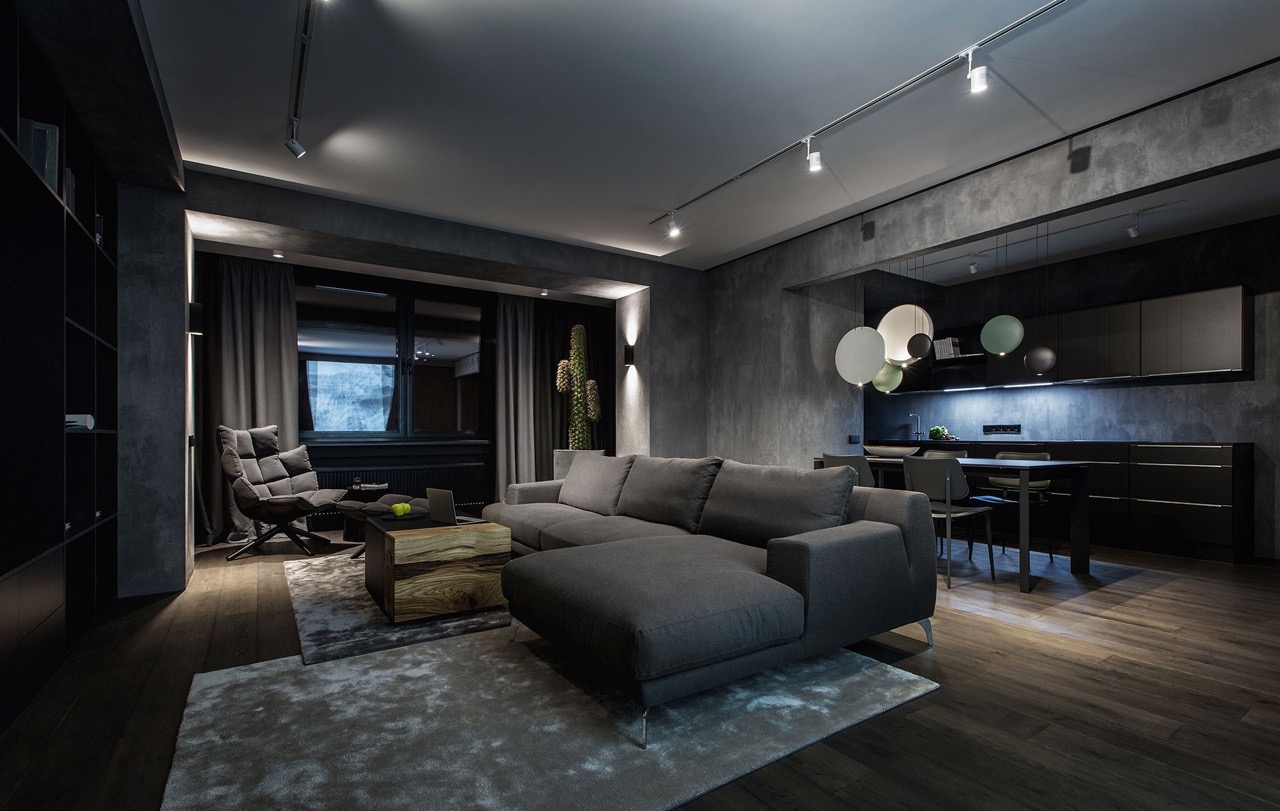

Interior Design
Lighting A Dark Room: 10 Top Tips From Experts
Modified: February 23, 2024
Looking to brighten up a dark room? Check out these 10 expert tips on interior design for creating a well-lit and inviting space.
(Many of the links in this article redirect to a specific reviewed product. Your purchase of these products through affiliate links helps to generate commission for Storables.com, at no extra cost. Learn more)
Introduction
Welcome to the world of interior design, where every corner of a room holds the potential for transformation and inspiration. One key aspect of interior design is lighting, as it has the power to completely change the atmosphere and mood of a space. In particular, lighting is crucial when it comes to brightening up a dark room.
Dark rooms can feel gloomy and unwelcoming, but fear not! With the right lighting techniques and tips, you can bring life and brightness to any space. Whether you’re dealing with a basement, a room with limited windows, or just a naturally dark space, there are plenty of ways to make it feel more inviting and well-lit.
In this article, we will share 10 top tips from experts in the field of interior design to help you light up a dark room. With these tips, you’ll be well on your way to creating a warm and welcoming atmosphere that makes the most of your space.
Key Takeaways:
- Transform a dark room into a bright and inviting space by maximizing natural light, strategically using artificial lighting, and incorporating light-colored elements for a vibrant atmosphere.
- Implement expert tips such as utilizing mirrors, optimizing furniture placement, and layering different light sources to create a well-balanced and well-lit environment in any dark room.
Tip 1: Use Natural Light
One of the most effective ways to brighten up a dark room is by maximizing the use of natural light. Natural light has a unique quality that artificial lighting cannot replicate. It not only illuminates the space but also creates a sense of openness and connectivity to the outdoors.
Here are a few strategies to make the most of natural light:
- Keep the windows clean: Dirty windows can reduce the amount of light entering the room. Regularly clean both the interior and exterior of your windows to ensure maximum natural light.
- Remove heavy window coverings: Dark and heavy curtains or blinds can block natural light. Consider replacing them with lighter, sheer curtains or blinds that allow more light to filter through.
- Trim back outdoor foliage: If there are trees or plants obstructing your windows, consider trimming them back to allow more sunlight to enter the room. Be cautious not to damage the plants or compromise your privacy.
- Use light-colored window treatments: Choosing window treatments in light colors can help reflect and amplify natural light. Opt for shades of white or pale pastels to maximize the brightness in the room.
- Utilize reflective surfaces: Place mirrors or other reflective surfaces strategically across from windows or in darker corners. The reflective surfaces will bounce natural light around the room, making it feel brighter and more spacious.
By harnessing the power of natural light, you can create a more vibrant and inviting atmosphere in your dark room. Remember to experiment with different techniques and positions to find the best configuration for your space.
Tip 2: Install Adequate Lighting Fixtures
When natural light is limited or unavailable, it is essential to have proper lighting fixtures in place to brighten up a dark room. By installing the right type and number of lighting fixtures, you can effectively illuminate the space and create a welcoming ambiance.
Here are some key considerations when choosing and installing lighting fixtures:
- Assess the room’s needs: Before selecting lighting fixtures, evaluate the function and purpose of the room. Different types of rooms may require different lighting options. For example, a kitchen might benefit from bright, task-oriented lighting, while a living room may benefit from a combination of ambient and accent lighting.
- Choose the right type of lighting: There are three main types of lighting: ambient, task, and accent. Ambient lighting provides overall illumination, task lighting focuses on specific activities, and accent lighting highlights specific features or areas. Determine which type of lighting is appropriate for your room and incorporate them accordingly.
- Consider the room’s size and layout: The size and layout of the room will influence the number and placement of lighting fixtures. Larger rooms may require multiple fixtures or larger ones to distribute light evenly. On the other hand, smaller rooms may benefit from smaller, strategically placed fixtures to avoid overwhelming the space.
- Layer the lighting: Creating layers of lighting can add depth and dimension to a room. Combining ambient lighting with task and accent lighting can create a balanced and visually appealing look. Experiment with different combinations to find the right balance for your space.
- Opt for energy-efficient lighting: Consider using energy-efficient lighting options such as LED bulbs. They not only consume less energy but also last longer, reducing the need for frequent bulb replacements. Additionally, LED lights emit less heat, making them a safer choice for enclosed spaces.
By carefully selecting and installing lighting fixtures, you can effectively brighten up a dark room and create a welcoming and well-lit environment. Don’t be afraid to mix and match different types of lighting to achieve the desired effect.
Tip 3: Opt for Lighter Paint Colors
One simple yet effective way to brighten up a dark room is by choosing lighter paint colors for the walls and ceiling. Lighter colors have the ability to reflect more light, creating an illusion of brightness and spaciousness.
Consider the following tips when selecting paint colors:
- Choose neutral or light shades: Neutral colors like white, beige, or light gray are versatile options that can enhance the natural light in a room. These colors create a clean and airy feel, making the space appear larger and brighter.
- Avoid dark or intense colors: Dark or intense colors tend to absorb light, making the room feel smaller and more closed-in. If you prefer a touch of color, opt for lighter shades of your desired color to maintain the brightness of the room.
- Utilize an accent wall: If you want to add depth and visual interest to the room, consider incorporating an accent wall. Choose a lighter color for the accent wall that complements the overall color scheme of the room. This will draw attention to the focal point while still maintaining a bright and open atmosphere.
- Consider sheen and finishes: The sheen of the paint can also affect the perception of light in a room. Satin or eggshell finishes are popular choices as they provide a subtle shine that reflects light well. Avoid matte or flat finishes as they tend to absorb light instead of reflecting it.
- Test paint samples: Before committing to a color, it’s always a good idea to test paint samples on the wall. Paint a small section and observe how the color looks under different lighting conditions throughout the day. This will help you choose the perfect shade that brightens up the room.
By opting for lighter paint colors, you can significantly transform a dark room into a brighter and more inviting space. Remember to consider the overall color scheme, finishes, and test paint samples to ensure the perfect balance of light and color in the room.
Tip 4: Make Use of Mirrors
When it comes to brightening up a dark room, mirrors are your secret weapon. Mirrors have the ability to reflect light and create the illusion of a larger and brighter space. By strategically placing mirrors in your room, you can maximize the natural and artificial light available.
Here are some tips for using mirrors to brighten up a dark room:
- Position mirrors opposite windows: Place mirrors directly across from windows to reflect the natural light that enters the room. This will help distribute the light and make the space feel brighter and more expansive. Consider using larger mirrors for better light reflection.
- Use mirrored furniture and accessories: Incorporate furniture pieces or accessories with mirrored surfaces into your room. Items like mirrored side tables, consoles, or decorative mirrors will bounce light around the space and create a sense of openness.
- Strategically place mirrors on dark walls: If your walls are dark or lack natural light, mount mirrors on them to reflect and amplify light from other sources. This can help brighten up the room and balance out the darkness of the walls.
- Create a mirror gallery wall: Hang a collection of mirrors on a wall to create a visually striking display while boosting the brightness in the room. Group mirrors of different shapes and sizes for added interest and dimension.
- Consider using mirrored tiles or backsplashes: In areas like kitchens or bathrooms, consider using mirrored tiles or backsplashes to increase the reflection of light. This can make a significant difference in brightening up these typically darker spaces.
Remember to experiment with different mirror placements and sizes to find the best configuration for your room. By incorporating mirrors into your design, you can effectively enhance the natural and artificial light available, resulting in a brighter and more inviting space.
Tip 5: Utilize Task Lighting
Task lighting is a crucial element in brightening up a dark room and ensuring that specific areas are well-illuminated for various activities. By incorporating targeted lighting fixtures in key areas, you can enhance functionality and create a more inviting space.
Here are some tips for utilizing task lighting effectively:
- Identify task areas: Determine the specific areas in the room that require focused lighting. Common task areas include reading corners, workspaces, kitchen countertops, and bathroom vanities. Understanding the tasks that will be performed in these areas will guide your choice of lighting fixtures.
- Choose the right task lighting fixtures: Consider the type of lighting fixtures that will best serve the purpose of the task area. For reading corners or workspaces, a desk lamp or adjustable wall sconces would work well. Under-cabinet lighting is ideal for kitchen countertops, while vanity lights are suitable for bathroom vanities.
- Ensure proper positioning: Proper placement of task lighting fixtures is essential to ensure optimal lighting conditions. For example, position desk lamps at an appropriate height and angle for comfortable reading or working. Install under-cabinet lights close to the front edge of the countertop for effective task lighting in the kitchen.
- Select appropriate light bulbs: Pay attention to the type of light bulbs used in your task lighting fixtures. For tasks that require focused concentration, such as reading or working, choose bulbs with a cooler color temperature (around 4000-5000K) to provide bright, white light. For tasks that require a warm and cozy ambiance, opt for bulbs with a warmer color temperature (around 2700-3000K).
- Combine task lighting with ambient lighting: While task lighting is important for specific activities, it should also be complemented by ambient lighting to create a balanced and well-lit atmosphere. The combined effect of both types of lighting will make the room feel more inviting and comfortable.
By incorporating task lighting fixtures in key areas, you can effectively illuminate specific tasks and enhance the functionality of the room. Remember to choose fixtures that match the overall design style of the room and experiment with different positions to achieve the desired lighting effect.
Tip: Use multiple light sources at different heights and angles to evenly illuminate the room. Consider using floor lamps, table lamps, and wall sconces to create a warm and inviting atmosphere.
Tip 6: Incorporate Different Light Sources
Ambient lighting is the overall illumination that sets the tone and mood of a room, while accent lighting adds depth and highlights specific elements. By incorporating multiple light sources, you can create a layered and dynamic lighting scheme that helps brighten up a dark room.
Here are some ways to incorporate different light sources:
- Install overhead or pendant lights: Overhead lighting, such as chandeliers, flush mounts, or pendant lights, provide general ambient lighting. Position them strategically to evenly distribute light throughout the room. Consider using dimmers to adjust the brightness to your preference.
- Add floor and table lamps: Floor and table lamps are versatile lighting options that can be placed in various areas of the room. These lamps provide additional ambient lighting and can be moved around as needed to brighten specific areas or corners.
- Use wall sconces: Wall sconces are not only functional but also serve as decorative elements. Mounting sconces on walls can provide both ambient and accent lighting, depending on the direction they face. They are particularly useful in areas where space is limited, such as hallways or narrow rooms.
- Incorporate recessed lighting: Recessed lighting can be used to provide overall ambient lighting without taking up visual space. These fixtures are installed into the ceiling, offering a clean and streamlined look. Use them strategically to illuminate larger areas or combine them with other lighting sources to create a well-lit atmosphere.
- Highlight with spotlights or track lighting: Spotlights or track lighting are ideal for accentuating specific features or artworks in a room. Install them to highlight architectural details, artwork, or other focal points. Use adjustable fixtures to direct the light precisely where it’s needed.
By incorporating a combination of overhead lighting, floor and table lamps, wall sconces, recessed lighting, and spotlights, you can create a dynamic and layered lighting design to brighten up your dark room. Remember to experiment with different light sources and adjust their positions and angles to achieve the desired effect.
Tip 7: Consider Dimming Options
Adding dimming options to your lighting fixtures is a great way to control the brightness and ambiance of a room, especially in a dark room where versatility is key. Dimming allows you to adjust the intensity of the light to suit your needs and create a cozy and relaxed atmosphere.
Consider the following tips for incorporating dimming options:
- Choose dimmable light bulbs: When selecting light bulbs for your fixtures, make sure to choose ones that are compatible with dimming switches. LED bulbs are often dimmable and energy-efficient options to consider.
- Install dimmer switches: Replace standard ON/OFF switches with dimmer switches to have better control over the brightness of your lighting. Dimmer switches allow you to adjust the light level to match your activities or set the desired mood in the room.
- Create zones with different light levels: By dividing your room into separate lighting zones, you can have greater flexibility in setting the lighting levels. For example, you might want brighter lights for reading or working areas and softer, dimmed lights for relaxing or entertaining spaces.
- Experiment with different lighting combinations: With dimming options, you can experiment with different combinations of ambient, task, and accent lighting at varying intensities. This allows you to customize the lighting to create different moods and atmospheres throughout the day.
- Consider smart lighting systems: Smart lighting systems offer advanced dimming capabilities and the convenience of controlling your lights with a smartphone app or voice commands. This allows you to easily adjust the brightness and even schedule lighting scenes to suit your preferences and daily routines.
By incorporating dimming options, you have the flexibility to control the brightness of your lighting fixtures and create the perfect ambiance for any occasion. Whether you want bright, focused lighting for tasks or a soft and cozy glow for relaxation, dimming options give you full control over the lighting in your dark room.
Tip 8: Use Light-colored Furniture and Decorations
Choosing light-colored furniture and decorations is another effective strategy to brighten up a dark room. Lighter hues have the ability to reflect and amplify light, making the space feel more open, airy, and well-lit. By incorporating light-colored elements into your room’s design, you can visually enhance the brightness of the space.
Consider the following tips when selecting light-colored furniture and decorations:
- Select light-colored upholstery: When choosing furniture pieces such as sofas, armchairs, or ottomans, opt for upholstery in light shades. Whites, creams, pastels, and neutral tones will reflect light and brighten the room. Consider adding pops of color through pillows or throws to create visual interest.
- Incorporate light-colored wood or finishes: If you are introducing wooden furniture or finishes into your space, opt for light-colored woods such as oak, birch, or maple. Light wood grains or painted finishes in lighter tones can help create a brighter and more airy feel in the room.
- Use light-colored rugs and carpets: Choose light-colored rugs or carpets to cover the floor. Light hues on the floor help to reflect light and make the room feel more spacious. You can also consider rugs with subtle patterns or textures to add visual interest to the space.
- Accessorize with light-colored accents: Incorporate light-colored accents such as curtains, lampshades, and throw pillows to brighten up the room. Soft pastels, whites, and light grays are great options to consider. These accents will add a touch of brightness and playfulness to the room.
- Opt for reflective surfaces: Look for furniture or decorations with reflective surfaces, such as glass or mirrored elements. Glass coffee tables, mirrored side tables, or decorative mirrors can help bounce light around the room and create a brighter ambiance.
By choosing light-colored furniture and decorations, you can visually enhance the brightness of a dark room. Remember to strike a balance between light-colored elements and any existing color scheme or personal style preferences. The combination of light-colored furniture and decorations will create a visually appealing and well-lit space.
Tip 9: Optimize the Layout and Furniture Placement
The layout and placement of furniture play a significant role in optimizing the lighting and overall brightness of a room. By strategically arranging your furniture, you can maximize natural light, improve the flow of the space, and create a more open and inviting atmosphere.
Consider the following tips for optimizing the layout and furniture placement:
- Keep windows clear: Avoid obstructing windows with large or bulky furniture pieces. Allow curtains or blinds to be open during the day to maximize natural light. If privacy is a concern, choose sheer or light-filtering window treatments that still allow light to enter the room.
- Place furniture away from light sources: Position larger furniture pieces, such as sofas or bookcases, away from windows or light fixtures. This will prevent them from blocking the light and casting shadows in the room. Opt for lower-profile furniture to maintain an unobstructed view of the room.
- Create a furniture arrangement that promotes flow: Arrange furniture in a way that promotes a smooth traffic flow and doesn’t hinder the natural movement within the room. Avoid placing furniture in narrow walkways or blocking entrances/exits, as this can make the space feel cramped and dim.
- Use furniture to divide the space: If you have an open-floor plan or a large room, use furniture strategically to create distinct areas. For example, a bookshelf or a bench can act as a divider between the living room and dining area, maintaining an open feel while defining separate zones.
- Consider multi-functional furniture: Opt for furniture with dual purposes to make the most of the space. For example, a storage ottoman can serve as both a coffee table and a place to store items. This reduces clutter and allows for a more spacious and organized room.
- Utilize furniture with reflective surfaces: Incorporate furniture with reflective surfaces, such as glass or mirrored materials. A glass coffee table or mirrored accent pieces not only add a touch of elegance but also help in reflecting light and creating an illusion of brightness.
By optimizing the layout and furniture placement, you can maximize natural light and create a more open and well-lit space. Pay attention to how the furniture interacts with light sources and the flow of the room, ensuring that it promotes a bright and inviting atmosphere.
Tip 10: Use Artificial Lighting Strategically
When natural light is limited or insufficient, artificial lighting becomes crucial in brightening up a dark room. By strategically using artificial lighting, you can create a warm and inviting atmosphere while compensating for the lack of natural light.
Consider the following tips for using artificial lighting effectively:
- Layer the lighting: Instead of relying on a single overhead light fixture, incorporate multiple light sources at different levels. Use a combination of ambient, task, and accent lighting to create depth and add visual interest to the room.
- Choose the right color temperature: Pay attention to the color temperature of your light bulbs. Cooler temperatures (around 4000-5000K) create a more energetic and bright atmosphere, while warmer temperatures (around 2700-3000K) create a cozy and relaxed ambiance. Adjusting the color temperature can help achieve the desired mood in the room.
- Utilize adjustable lighting fixtures: Opt for lighting fixtures that offer adjustability, such as adjustable track lights or adjustable floor and table lamps. This allows you to direct the light exactly where it is needed and adapt the lighting to different activities or moods.
- Add dimmers: Install dimmer switches for your artificial lighting to have control over the intensity of the light. Dimmers offer flexibility in creating the desired ambiance, whether you want softer lighting for relaxation or brighter lighting for tasks and activities.
- Consider indirect lighting: Indirect lighting, such as wall sconces or uplighting fixtures, can create a soft and diffused glow that helps brighten up a room without causing harsh shadows. These fixtures can be mounted higher on the walls or ceilings to bounce light off the surfaces and create a warm and inviting atmosphere.
- Highlight architectural features: Use accent lighting to highlight architectural features, such as textured walls, artworks, or statement pieces. This not only adds visual interest to the room but also draws attention away from darker areas, creating a more balanced and well-lit space.
- Experiment with lighting placement: Try different lighting placements to find the best arrangement for your room. Move lamps, install wall sconces at strategic locations, or adjust the angle of recessed lights to find the optimal balance of light and shadow.
By using artificial lighting strategically, you can effectively brighten up a dark room and create a welcoming ambiance. Remember to experiment with different lighting options and adjust them to suit your needs and preferences.
Conclusion
Brightening up a dark room is a challenge that many homeowners face, but with the right strategies, it can be completely transformed into a bright and welcoming space. By incorporating the 10 tips shared by interior design experts, you can effectively enhance the lighting and overall atmosphere of your room.
First and foremost, leverage natural light by keeping windows clean, removing heavy window coverings, and strategically placing reflective surfaces. Maximize the use of natural light to create a bright and open feel in the room.
Installing adequate lighting fixtures is crucial for illuminating a dark room. Choose different types of lighting, such as ambient, task, and accent lighting, and ensure that the fixtures are placed in the right locations to effectively light up the space.
Opting for lighter paint colors on the walls and ceiling can make a significant difference in brightening up a dark room. Light colors reflect more light, creating an illusion of brightness and spaciousness.
Mirrors are a powerful tool in brightening up a room. Place them strategically across from windows or on dark walls to reflect and amplify light, making the room feel brighter and more expansive.
Utilize task lighting in specific areas to enhance functionality and visibility. Choose the right task lighting fixtures and position them properly to provide focused lighting where it is needed the most.
Incorporate different light sources to create a layered and dynamic lighting scheme. Combine overhead lighting, floor and table lamps, wall sconces, recessed lighting, and spotlights to create a well-balanced and well-lit atmosphere.
Consider adding dimming options to your lighting fixtures. Dimmers allow you to adjust the brightness and create the desired ambiance, making the room more versatile and comfortable.
Select light-colored furniture and decorations to reflect and amplify light in the room. Lighter hues create a sense of openness and brightness, contributing to a more vibrant and inviting space.
Optimize the layout and furniture placement to maximize natural light and improve the flow of the room. Keep windows clear, create distinct areas, and utilize furniture with reflective surfaces to enhance brightness.
Lastly, strategically use artificial lighting to compensate for the lack of natural light. Layer the lighting, choose the right color temperature, and experiment with different lighting placements to create the desired atmosphere.
By implementing these 10 tips, you can transform your dark room into a bright and inviting space that you’ll love spending time in. Remember, lighting is not only functional but also has a significant impact on the mood and ambiance of the room. So, have fun exploring different lighting options and techniques to create the perfect lighting design for your dark room.
Frequently Asked Questions about Lighting A Dark Room: 10 Top Tips From Experts
Was this page helpful?
At Storables.com, we guarantee accurate and reliable information. Our content, validated by Expert Board Contributors, is crafted following stringent Editorial Policies. We're committed to providing you with well-researched, expert-backed insights for all your informational needs.
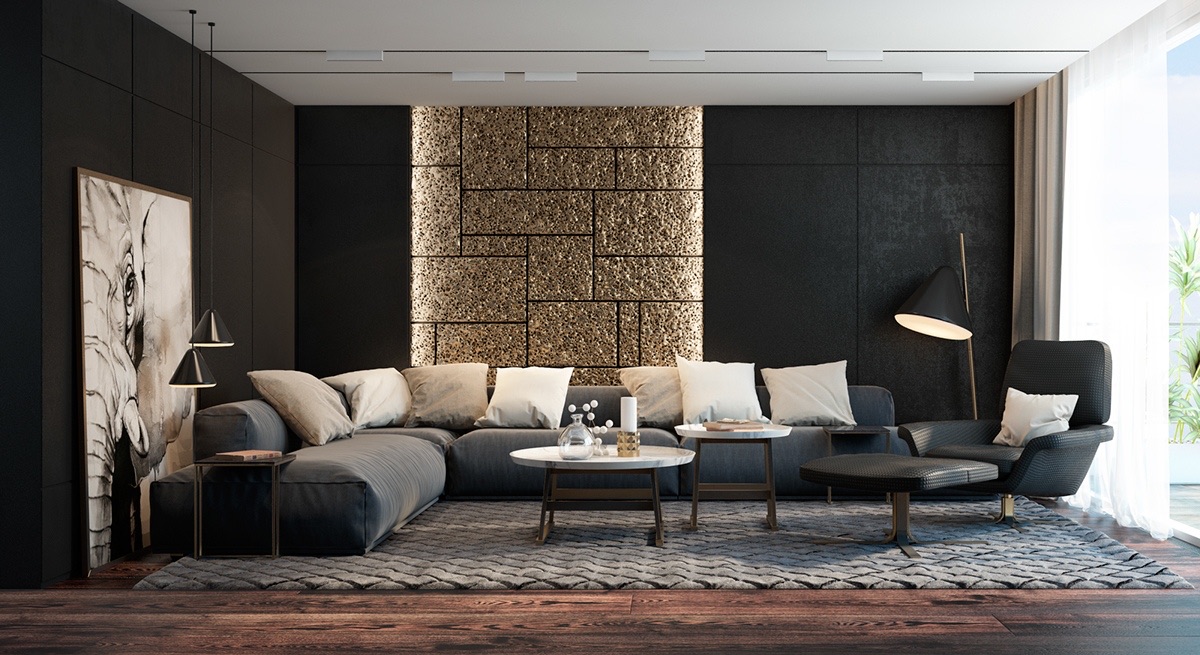

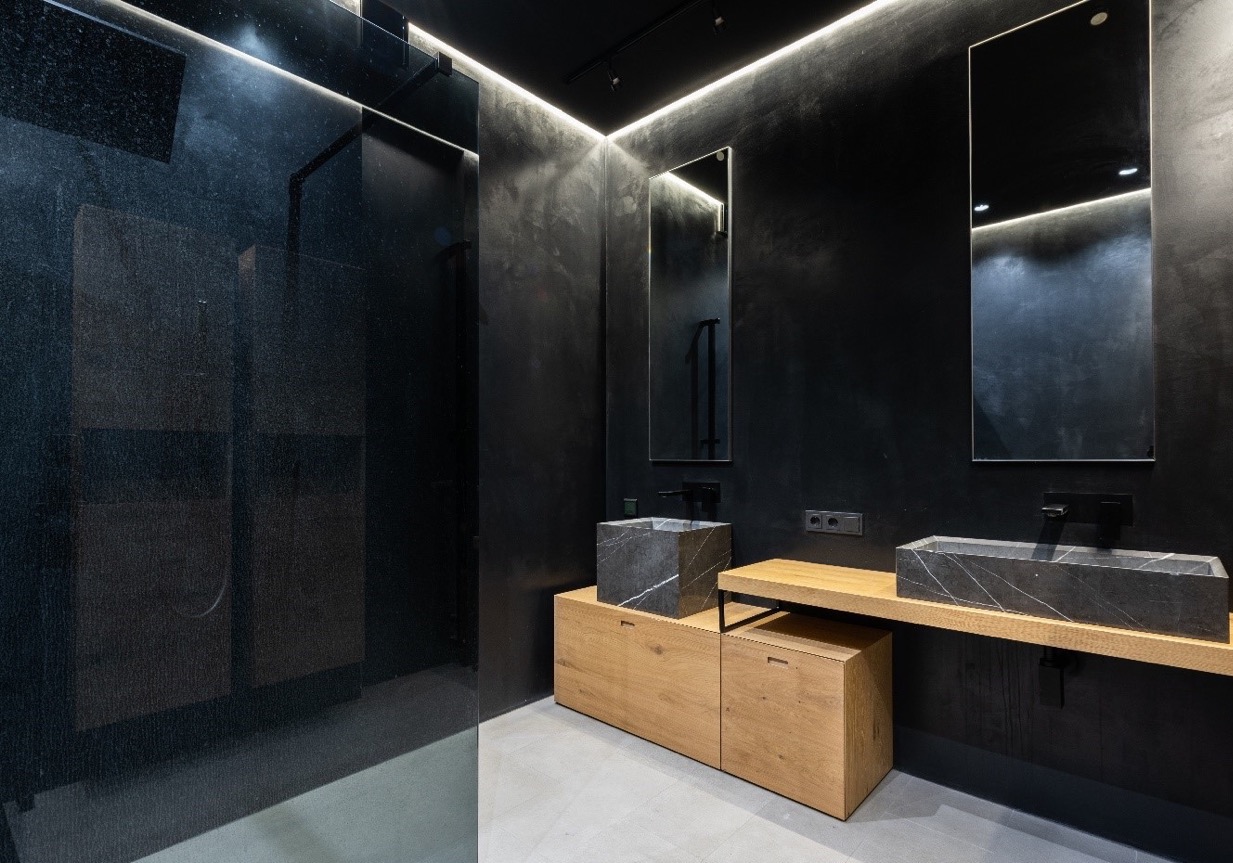
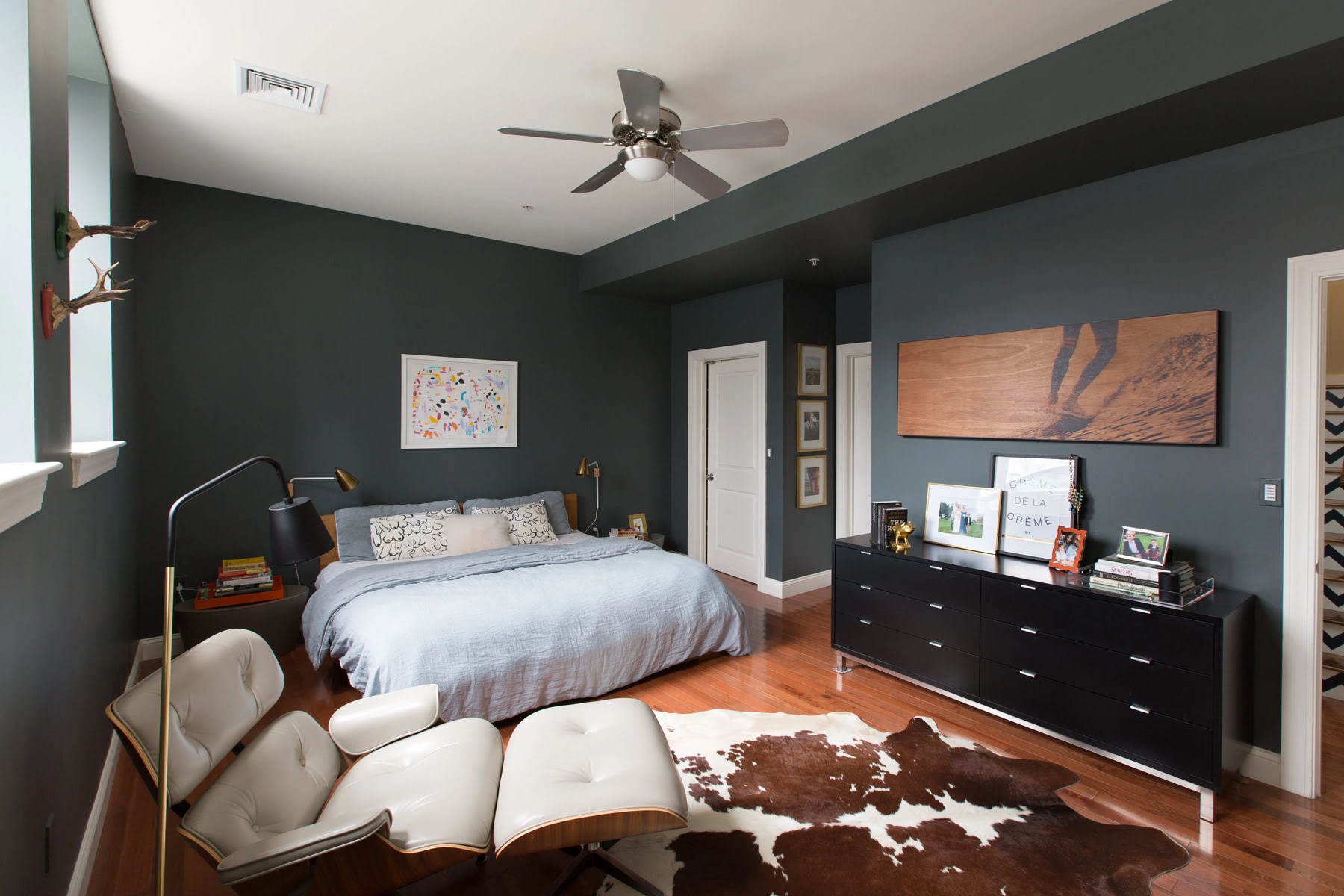
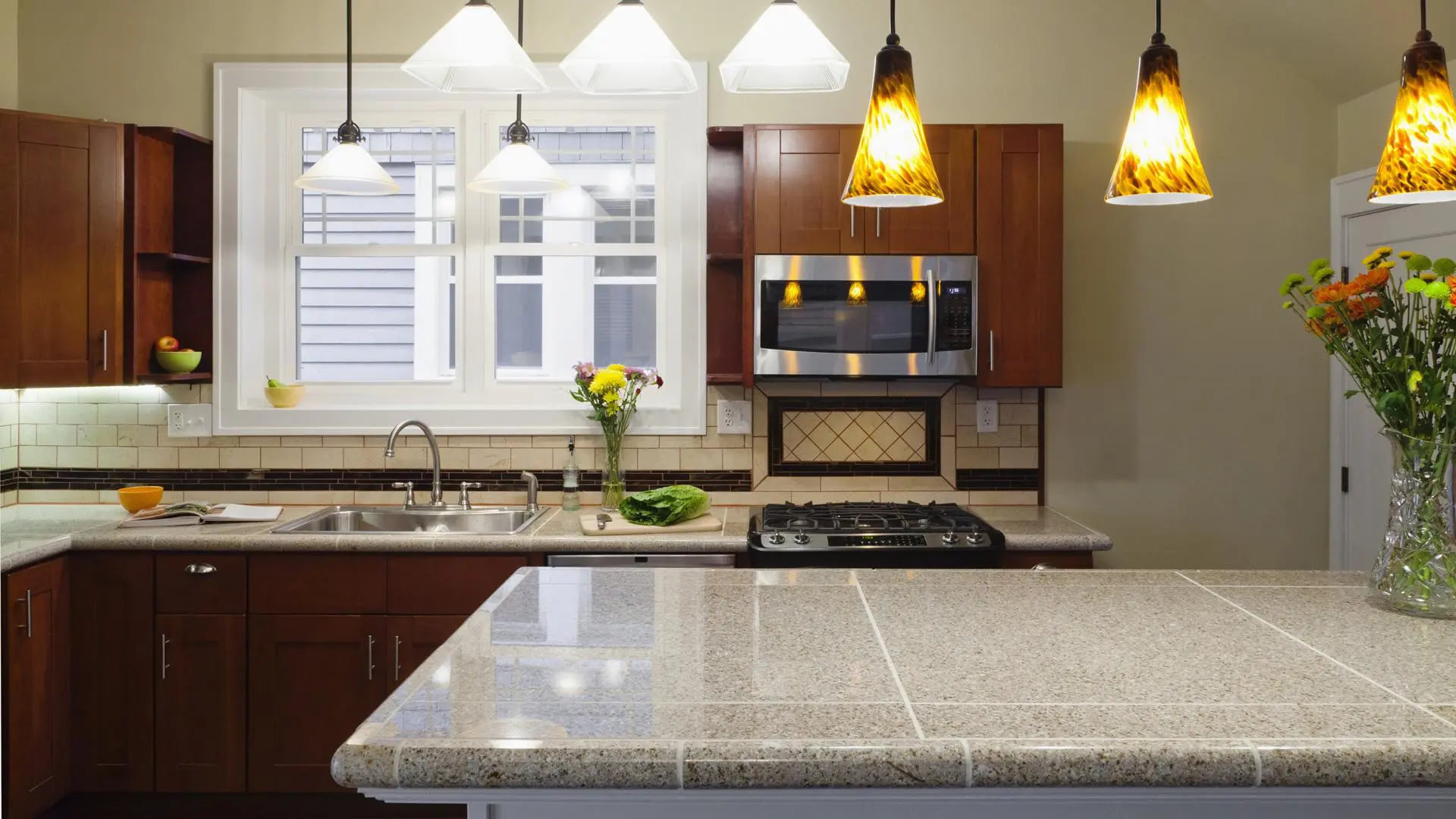
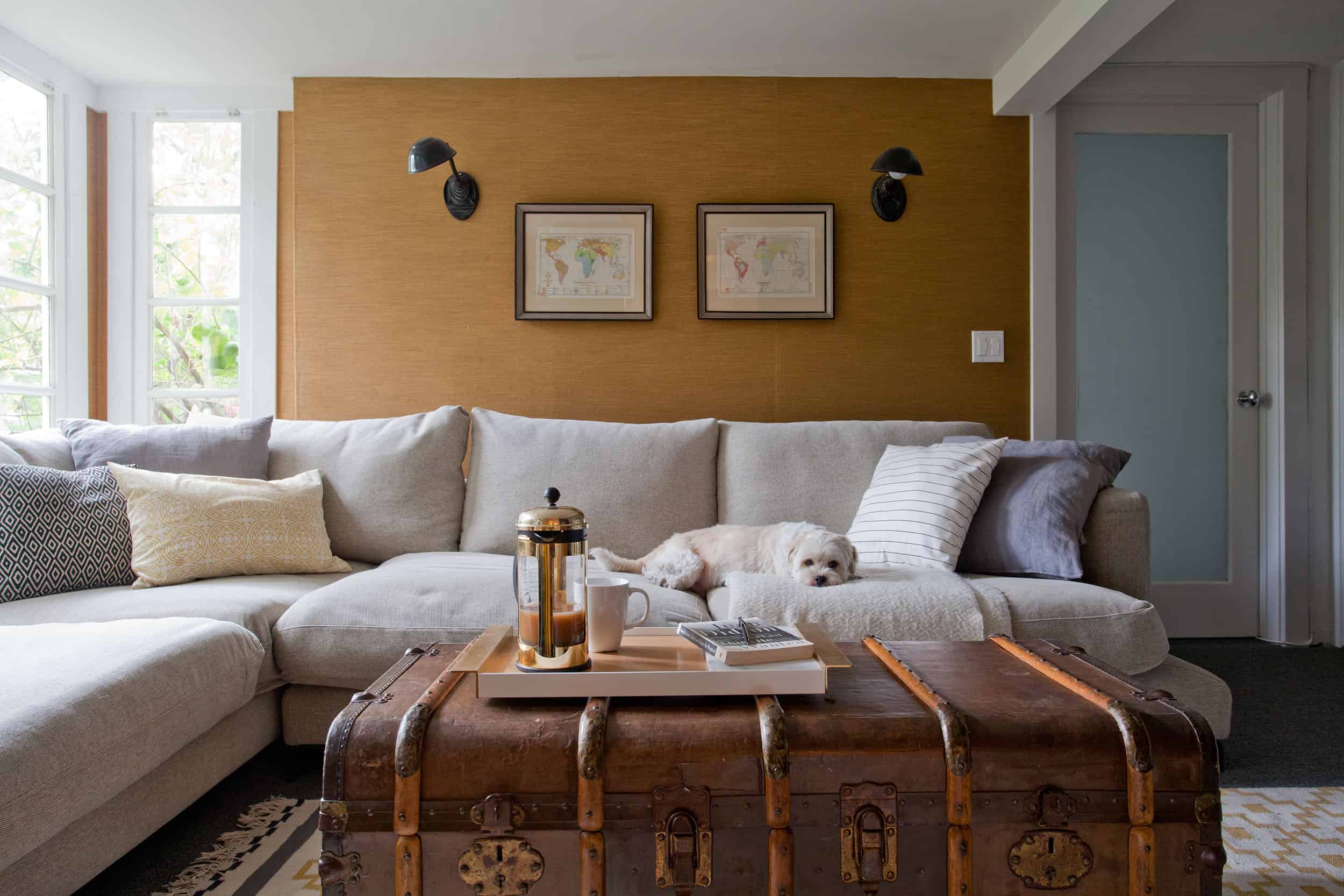
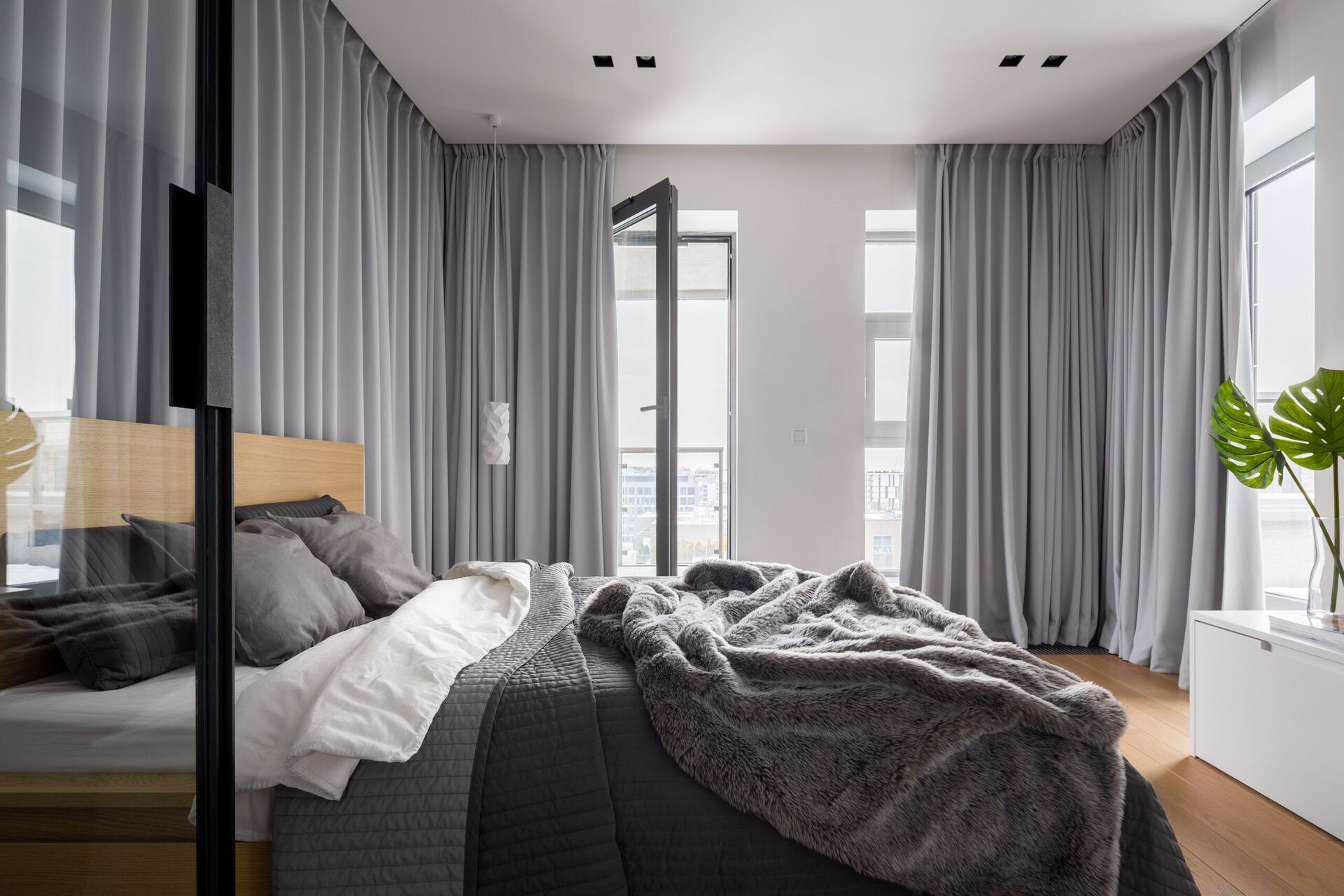
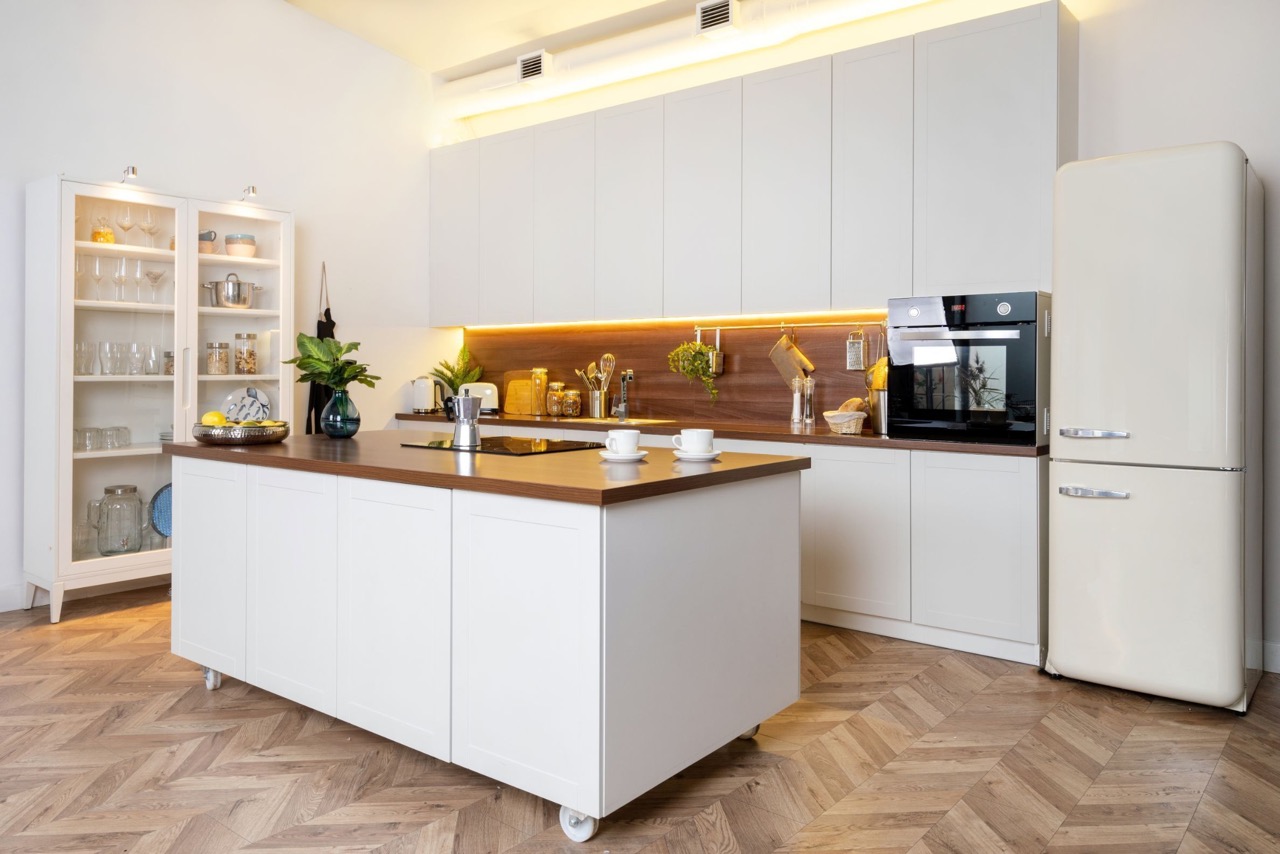
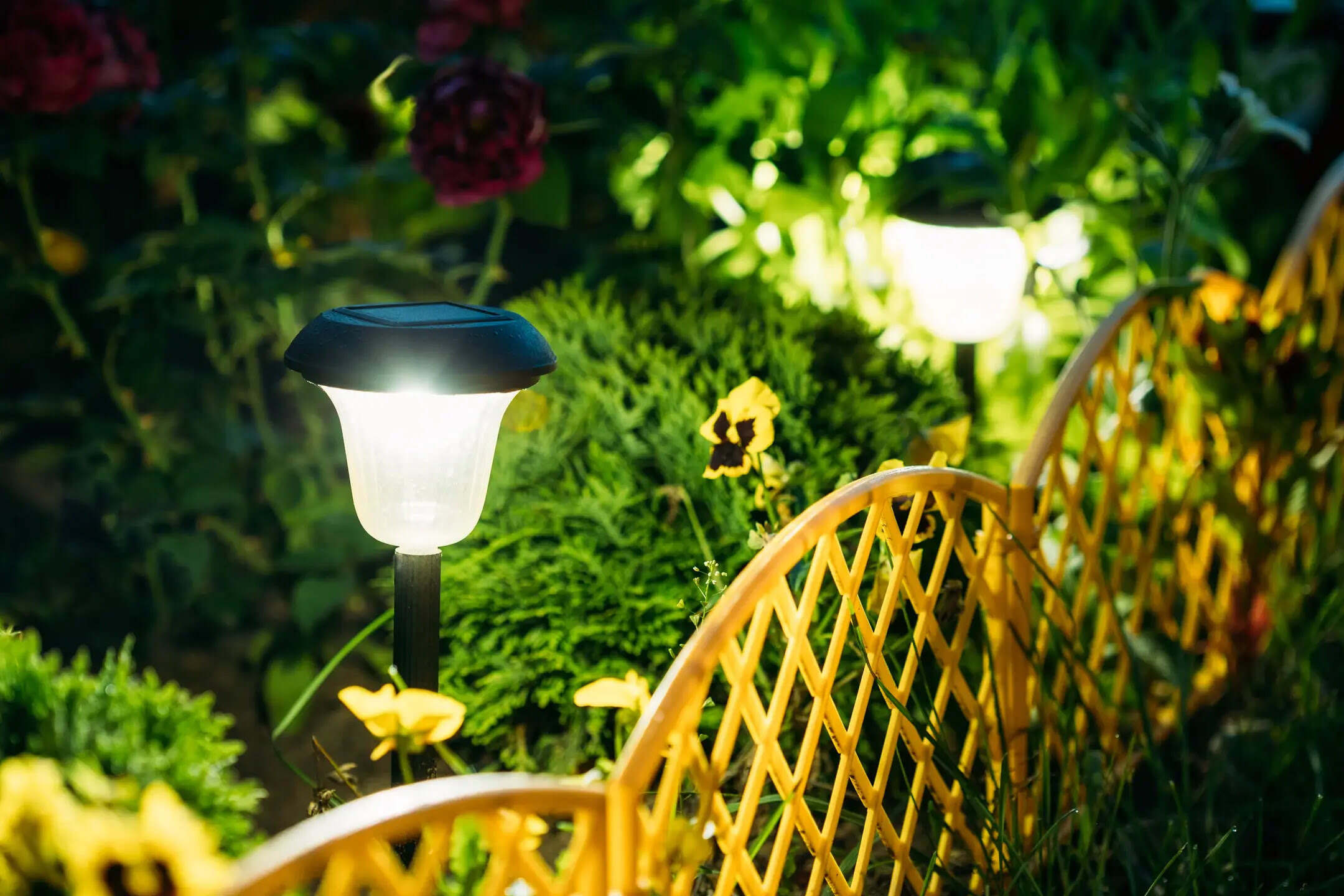
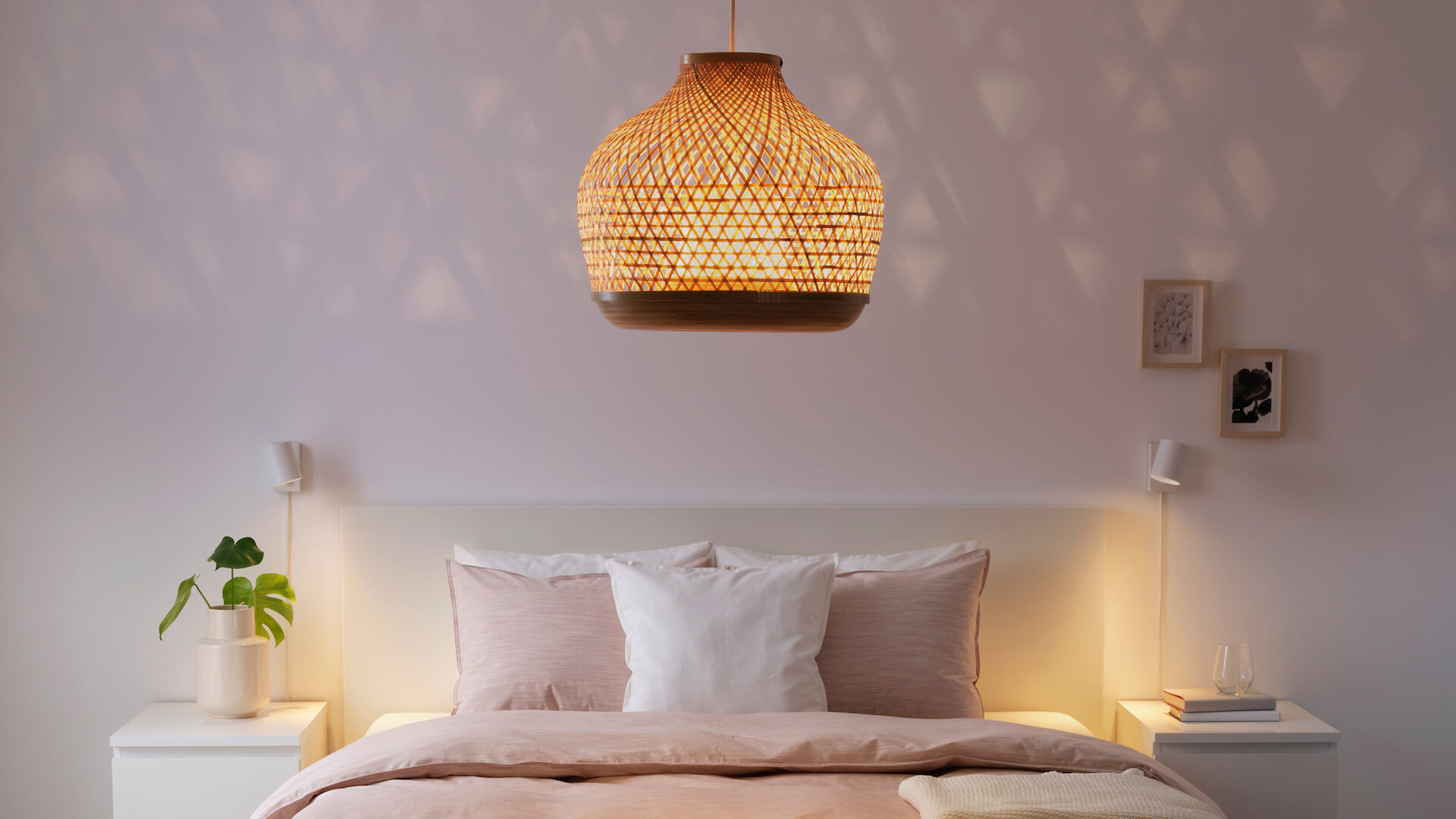
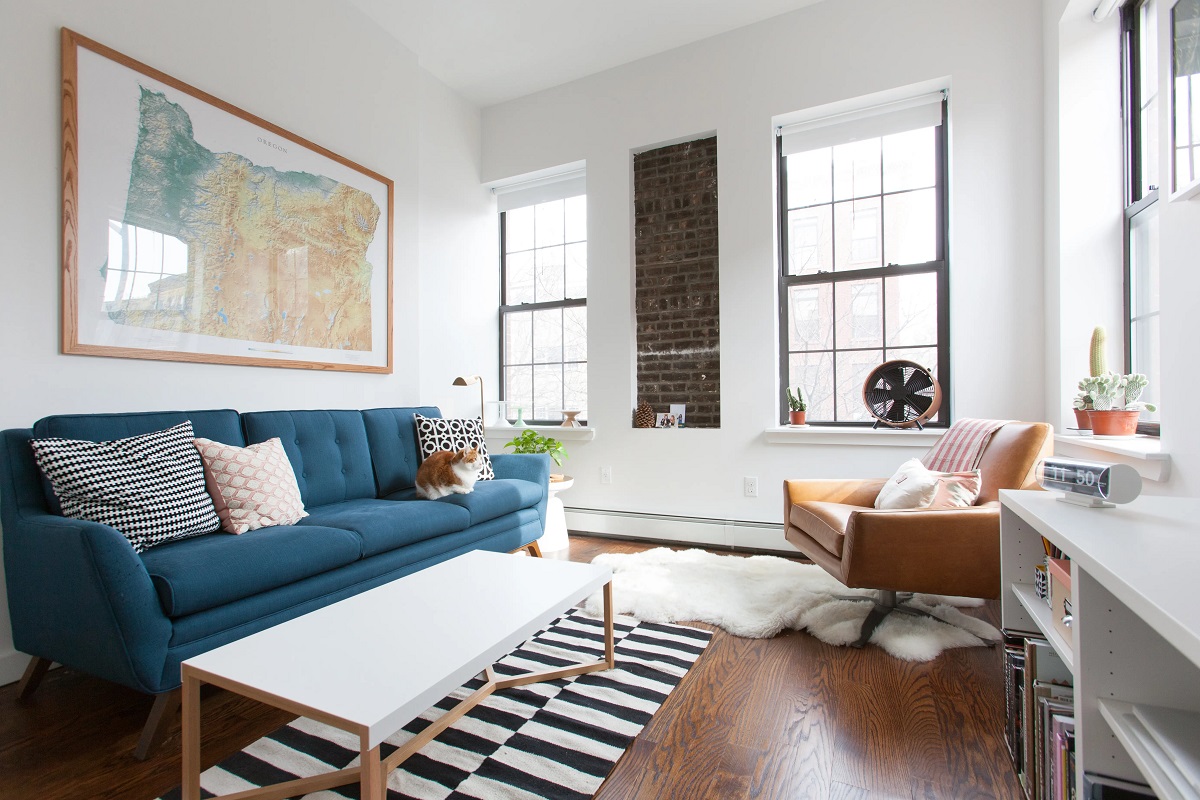
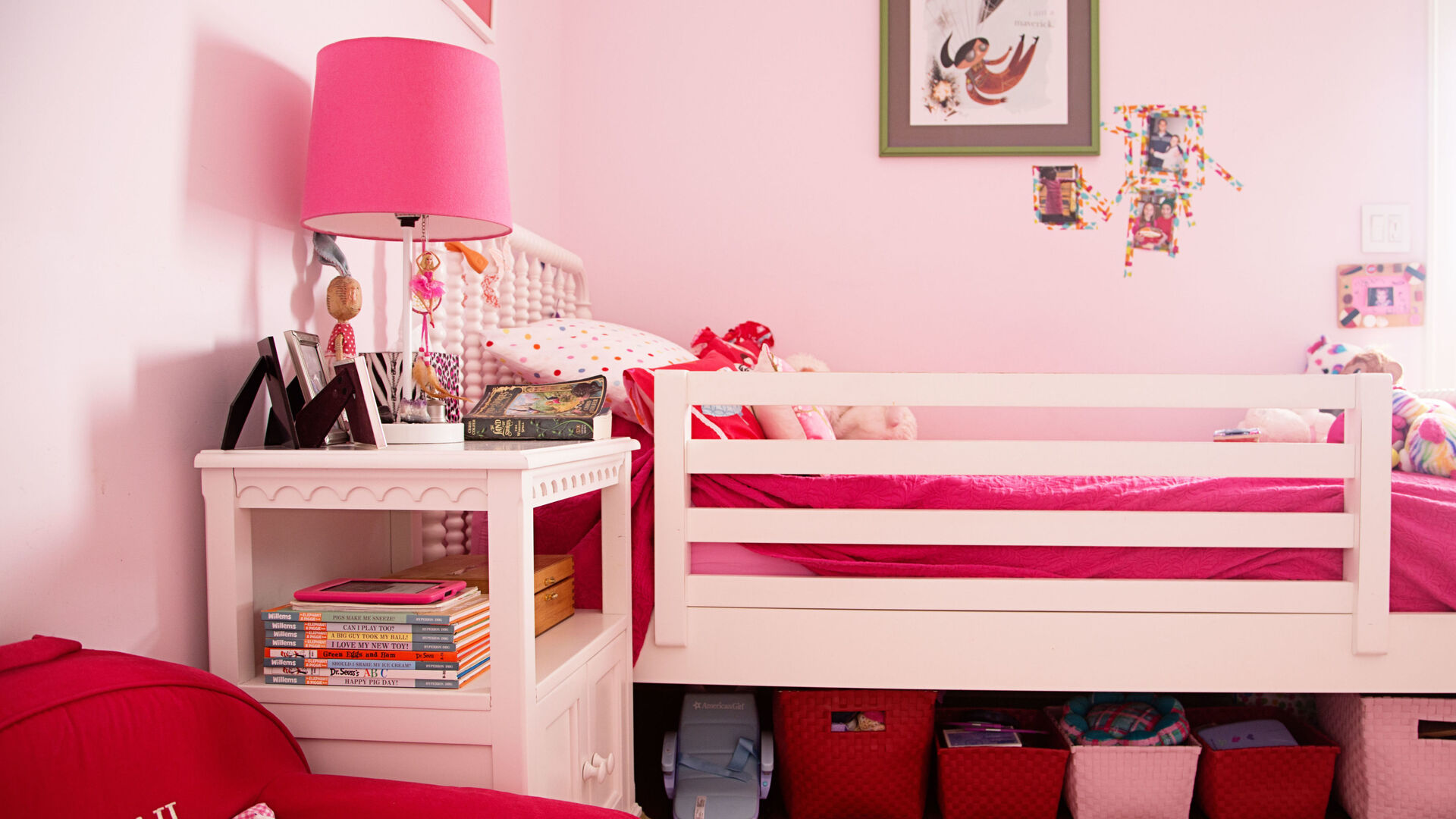
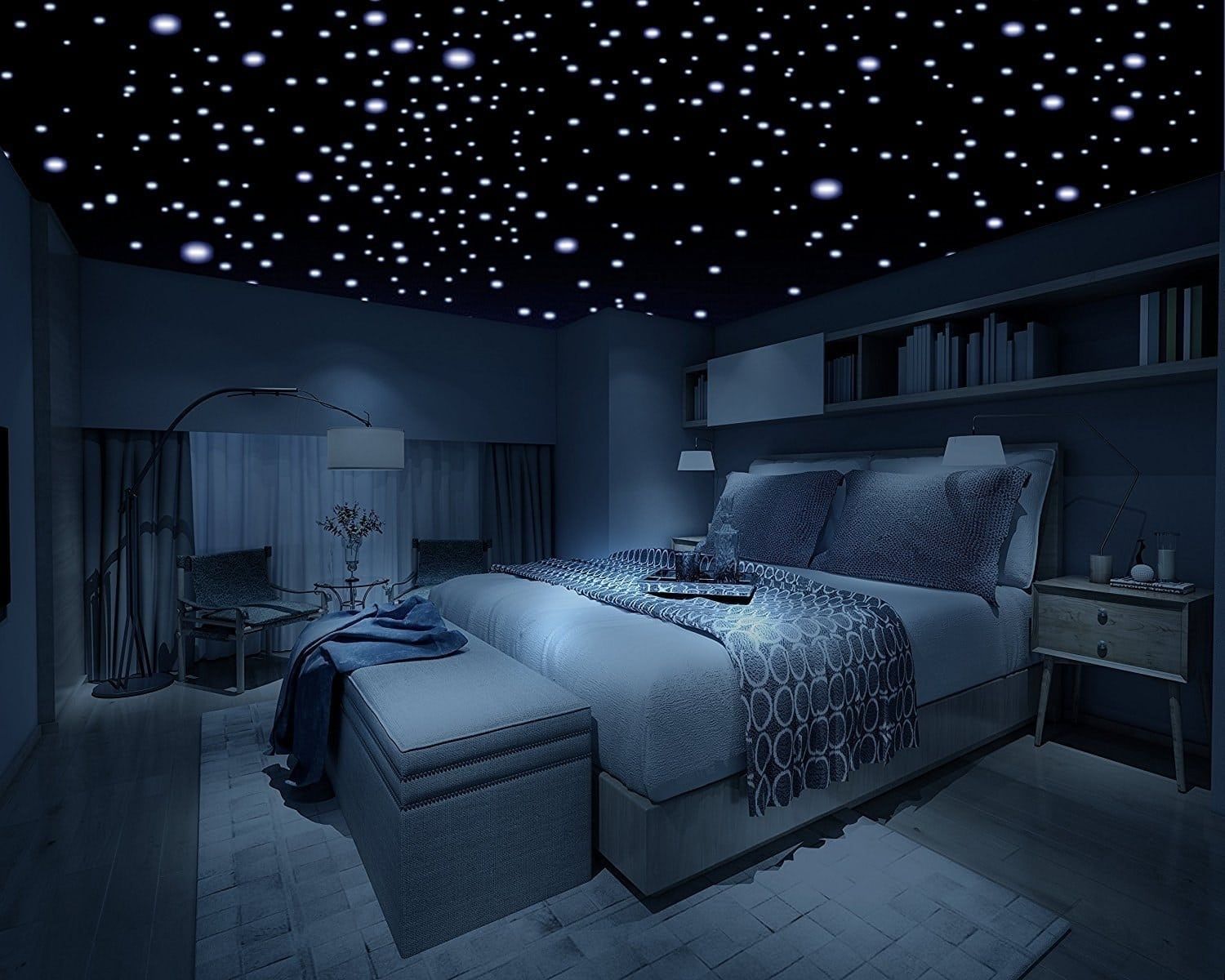

0 thoughts on “Lighting A Dark Room: 10 Top Tips From Experts”